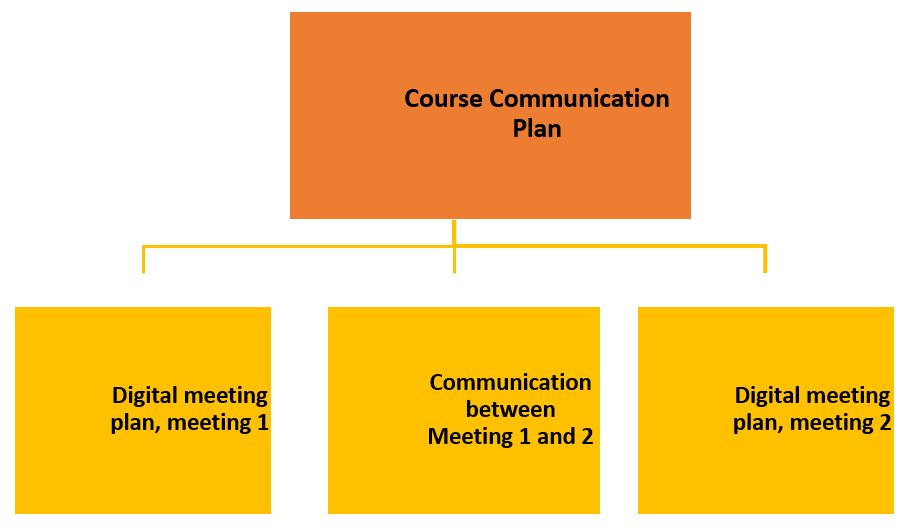Here are (some of all) my thougts on the forth topic of ONL211:
Doing by learning as an opposite of learning by doing.
In early 2o20, when the news about a strange virus called Covid-something I was just starting up a course for adult learners via the commissioned training center at our university. The course participants were supposed to meet every three weeks during the year, and so far everything was going as planned. As the course coordinator I was shortly thereafter faced with the fact that we had to move this course online. I contacted the teacher responsible for the following modules, and told her that we had to make this quick change. After a short period of confusion, she calmed me down by saing that we could sort this out toghether. Part of her calm was due to recently participating in a course called Online Networked Learning or ONL. She told me about a five-stage model and Communities of Inuiry, reflective blog posts, and how we could use that framework in our course. For me, since that framework was new to me, that was the start of a period of learning by doing.
Attending ONL myself this spring, I have actually grasped what my colleauge and I were doing together last spring and why. Together with my PBL-group I have been using the same theories and framework, but this time I have been doing by learning.
During this two weeks of topic 4 I have reflected on what blended learning and online learning means, and what kind of activities (or e-tivities as Gilly Salmon calles them [1]) it can contain to be successfull. One thing I will bring with me is the course webinar with Marti Cleveland-Innes and her inspiring words about the principles of blended learning [2]. I also attended a webinar by Stefan Stenbom at KTH Royal Institute of Technology here i Sweden starting with the same point as Cleveland-Innes: If you want to create a good learning enviroment, start by answering the question: What are the students going to be doing? I never used it myself before, but I think that creating a course communication plan, and also digital meeting plans for each session can be a good way to illuminate for oneself what the students (and instructios, TA`s, facilitators etc) are going to do. With all these new tools that we have you might need to sometimes just take a step back and think of how to aling that tools with the goals and the assessment methods stated in the syllabus for the course.

PBL-group work
This time I was one of the host for the topic. I was taking on the topic 4 and the scenario together with my absolutely amazing PBL-colleauge S. She is so knowledgeable, wise, kind and truly inspiring and it was a pleasure hosting with her. As always the group had fun and worked together well. And even if it not always goes as planned we always manage to work things out toghether as a team. We set out to present our work for this topic using PowToon and possibly using a groupspecific YouTube channel, but ended up with Simple Show and a Pictochart. And we are happy with it.
Since I use to mention it, I will also mention it this time: Twitter. I did not attend the tweetchat this time. Without meaning to, I totally forgot about the time. Heard from my fellow PBL-ers that it had been a good session. As the course now has come to an end, I will bury my account and probably forget about the whole twitter ecperience. Conclusion: Everything is not for me. Twitter counts in there.
Next post will be on the whole ONL-experience.
References:
[1] Salmon, G (2013) The Five Stage Model. [Homepage] http://www.gillysalmon.com/five-stage-model.html
[2] https://padlet.com/larsuhlin/ONL211T4
Dear Christina, I enjoyed reading your blog post on Topic 4. It is very insightful as you compare two terms with examples. It makes them really clear.